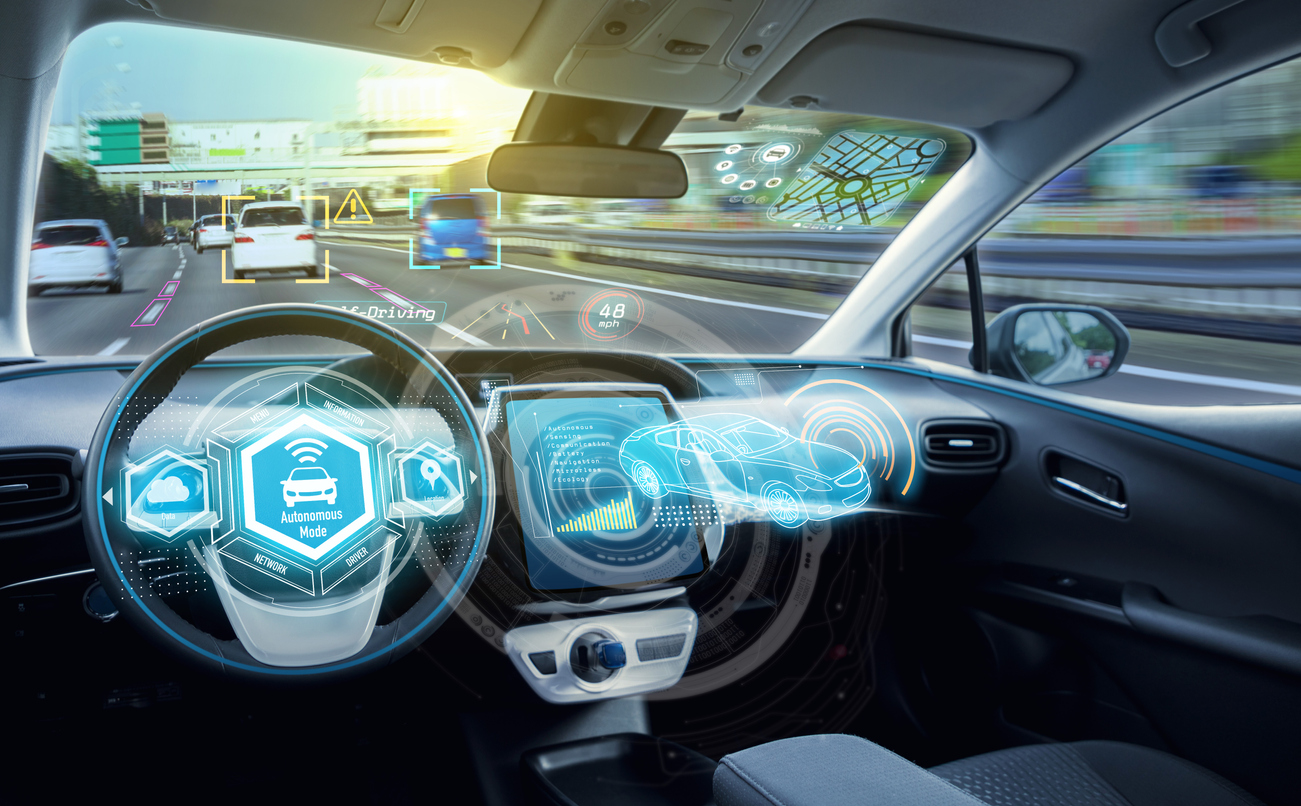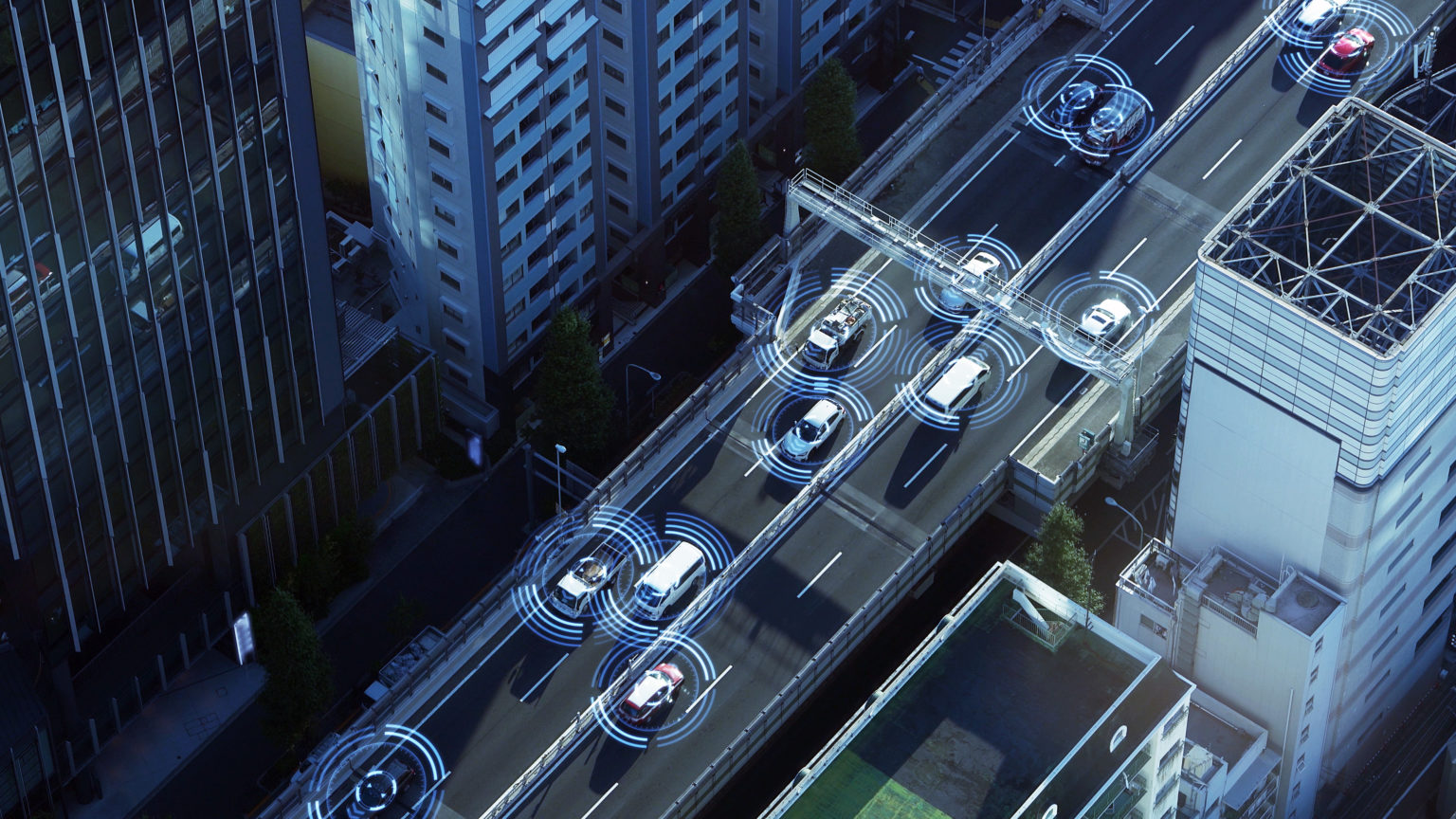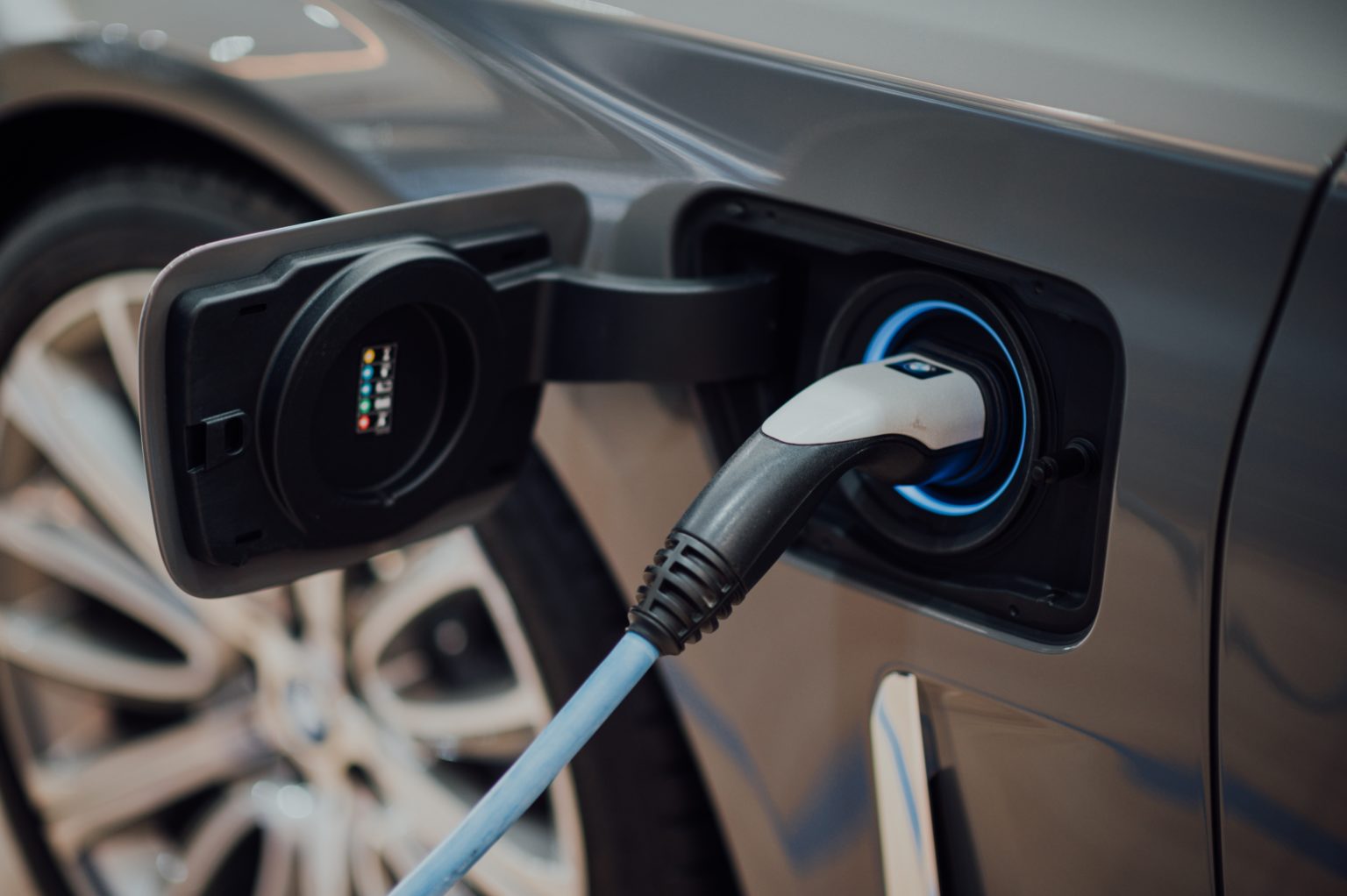Learning Hub
Your quick guide to the basics of automotive and smart mobility technologies.
Emerging Automotive and Mobility Trends
The global automotive and mobility sector is experiencing a major transformation that is affecting the sector’s talent base and the future of work. These impacts have been further accelerated as a result of the global COVID-19 pandemic.

Connectivity
Through connectivity (with other vehicles, infrastructure, and road users), vehicles can be better aware of their surroundings. This brings a range of benefits including improved road safety, efficient traffic operations, better driving experiences, and positive environmental impacts.
Connected vehicles (CVs) gather data from communicating with other vehicles, road users and city infrastructure. CVs use this information and transmit it to surrounding vehicles and transportation infrastructure to help make safer and more informed decisions.
Connectivity can be achieved through various communications technologies, such as dedicated short-range communications (DSRC) or cellular connections via 3G/4G LTE or next generation 5G, often referred to as C-V2X meaning cellular vehicle-to-everything.

Autonomous Driving
Autonomous Vehicles (AVs) are able to detect, recognize, anticipate, and respond to the movements of all surrounding transport system elements. This could lead to many benefits for mobility operations including improved safety, reduced cost of transportation, and enhanced access to mobility services.
AVs use intelligence from equipment on-board the vehicle to sense the surrounding environment without the need to communicate with a driver, other vehicles, or surrounding transportation infrastructure. These include high-definition cameras, radar, and LiDAR technologies.
The Society of Automotive Engineers (SAE) classifies that there are six different levels of automation, as shown in the diagram on the right.

Shared Mobility
Shared mobility services offer new and innovative solutions to mobility problems and challenge some of the traditional mobility offerings such as the private car, taxi, and public transportation.
Shared mobility refers to transportation services and resources that are shared among users. This includes:

Micro-mobility
Micro-mobility refers to small and low-speed vehicles (primarily bikes and scooters) which can be either human-powered or electric. They are typically used for personal transportation for short trips of around 1-5 kilometers.

Car-sharing
Car-sharing services typically offer services through a network of cars available to registered members for short-term use. Users can borrow these cars for some time usually measured in hours. Car-sharing services are usually used for mid-to-long range trips (5 to 20+ kilometers).

Ride-hailing
Ride-hailing trips can be reserved and paid for via app, using passenger vehicles. The owner of the vehicle registers to offer a service through a secured and managed transportation network company (TNC), which provides a flexible and safer service. Examples of ride-hailing providers include Uber and Lyft.
Electrification
Electric Vehicles (EVs) are either powered by electricity from off-vehicle sources or through battery, solar panels, fuel cells, or an electric generator*. EVs may use electric energy only (all-electric vehicles [AEVs]) or in combination with other types of fuel or power (plug-in hybrid electric vehicles [PHEVs]).
EVs are increasingly becoming more efficient, delivering higher speeds and more affordability. EVs bring a wide range of economic and environmental benefits including reduced fuel costs, fuel consumption, and tailpipe emissions.
*Source: Air Pollution from Motor Vehicles: Standards and Technologies for Controlling Emissions

Artificial Intelligence (AI)
Artificial intelligence (AI) is the foundation of autonomous vehicles and is commonly used so machines can perform tasks that humans perform. In autonomous driving, AI is necessary to replicate human senses and reactions to allow vehicles to be driverless.
Using Machine Learning (ML), a sub-class of AI, data is continuously collected from on-board sensors and communication technologies to develop models that perceive vehicle surroundings and make informed driving and control decisions accordingly.

Lean Manufacturing
Lean manufacturing is a systematic production method focusing on minimizing waste without compromising productivity. With the growing interest in Industry 4.0 practices, more manufacturers are using lean manufacturing principles to eliminate waste, optimise processes, cut costs, increase innovation, and improve product quality.
